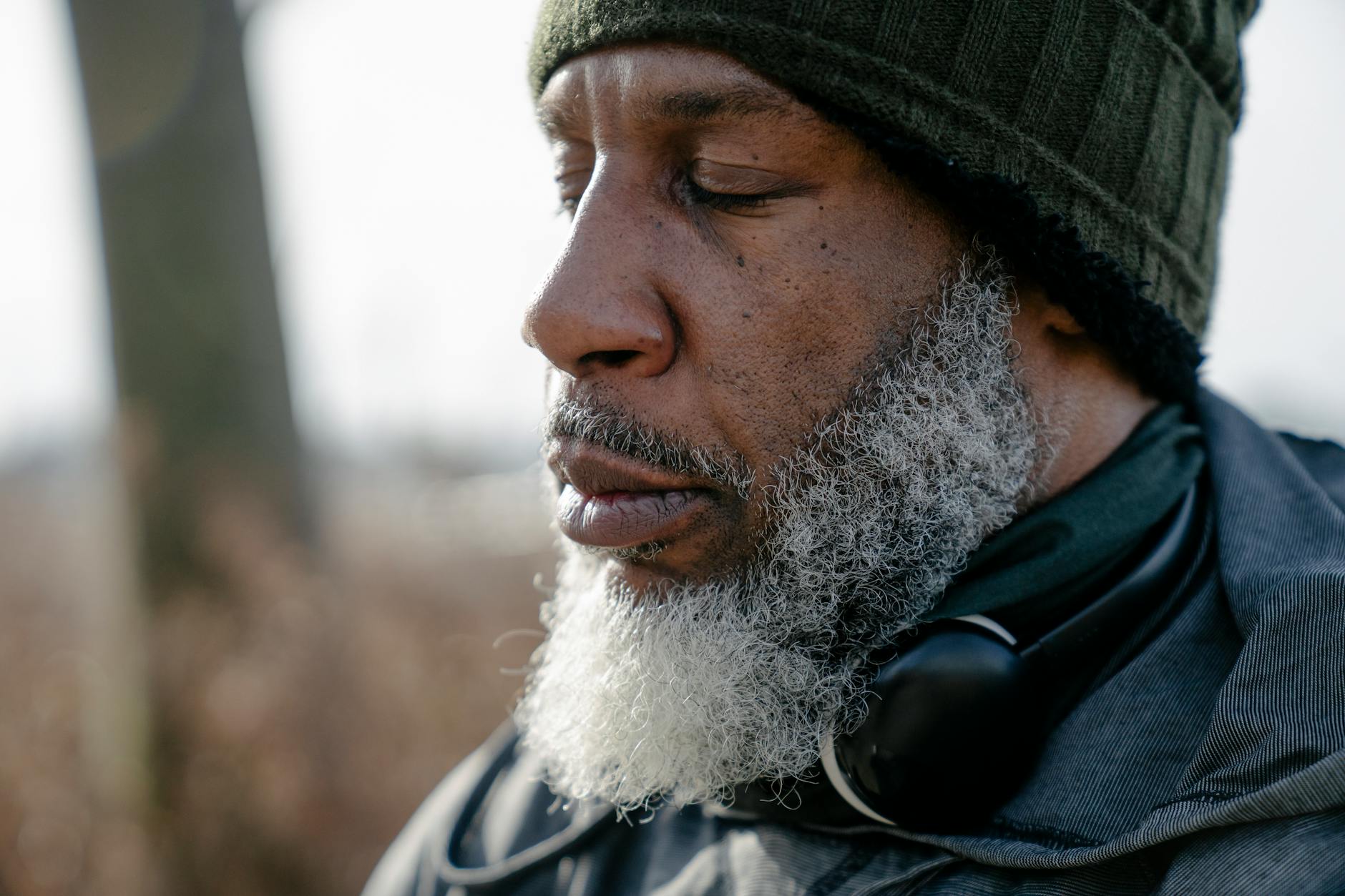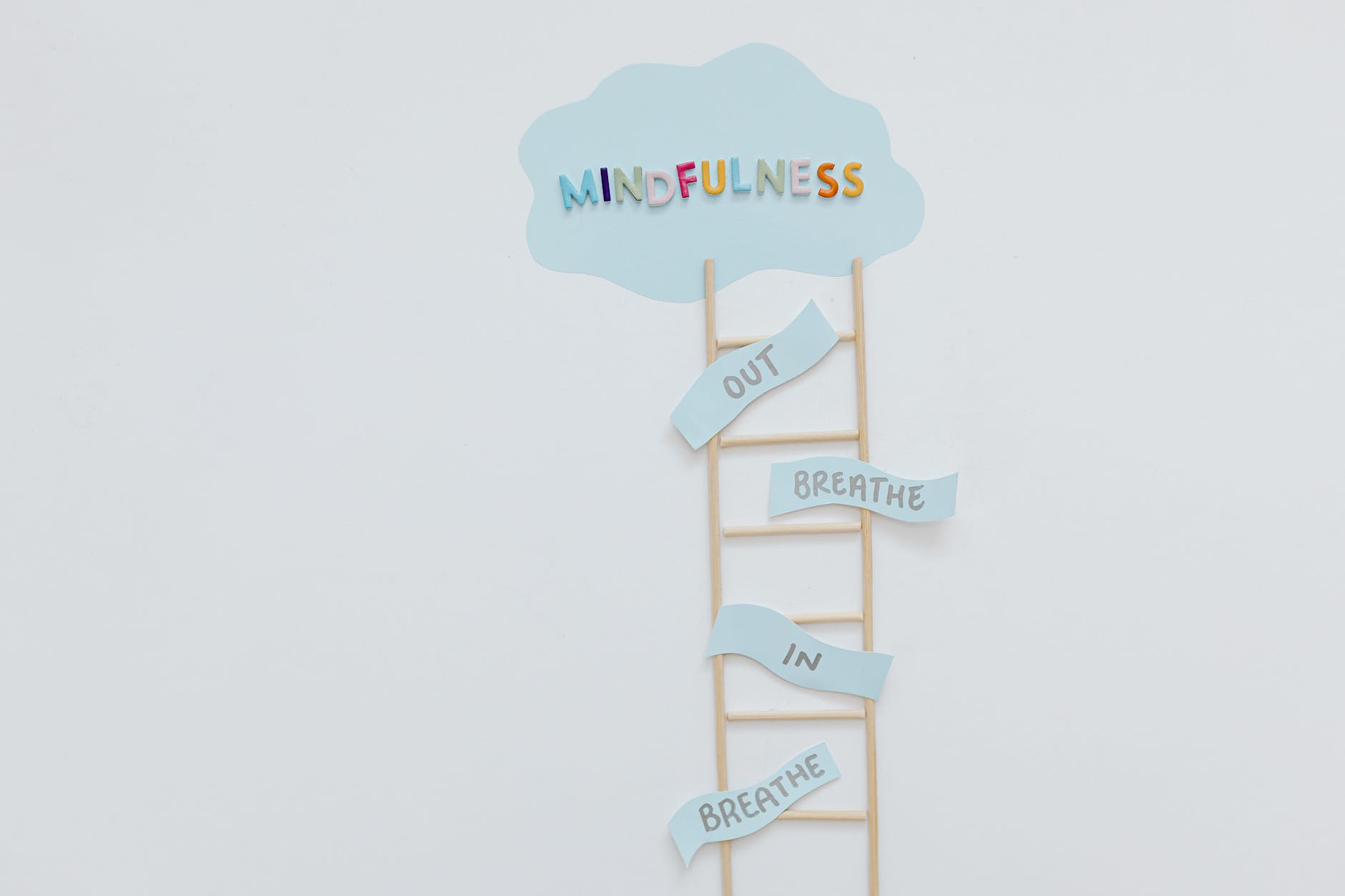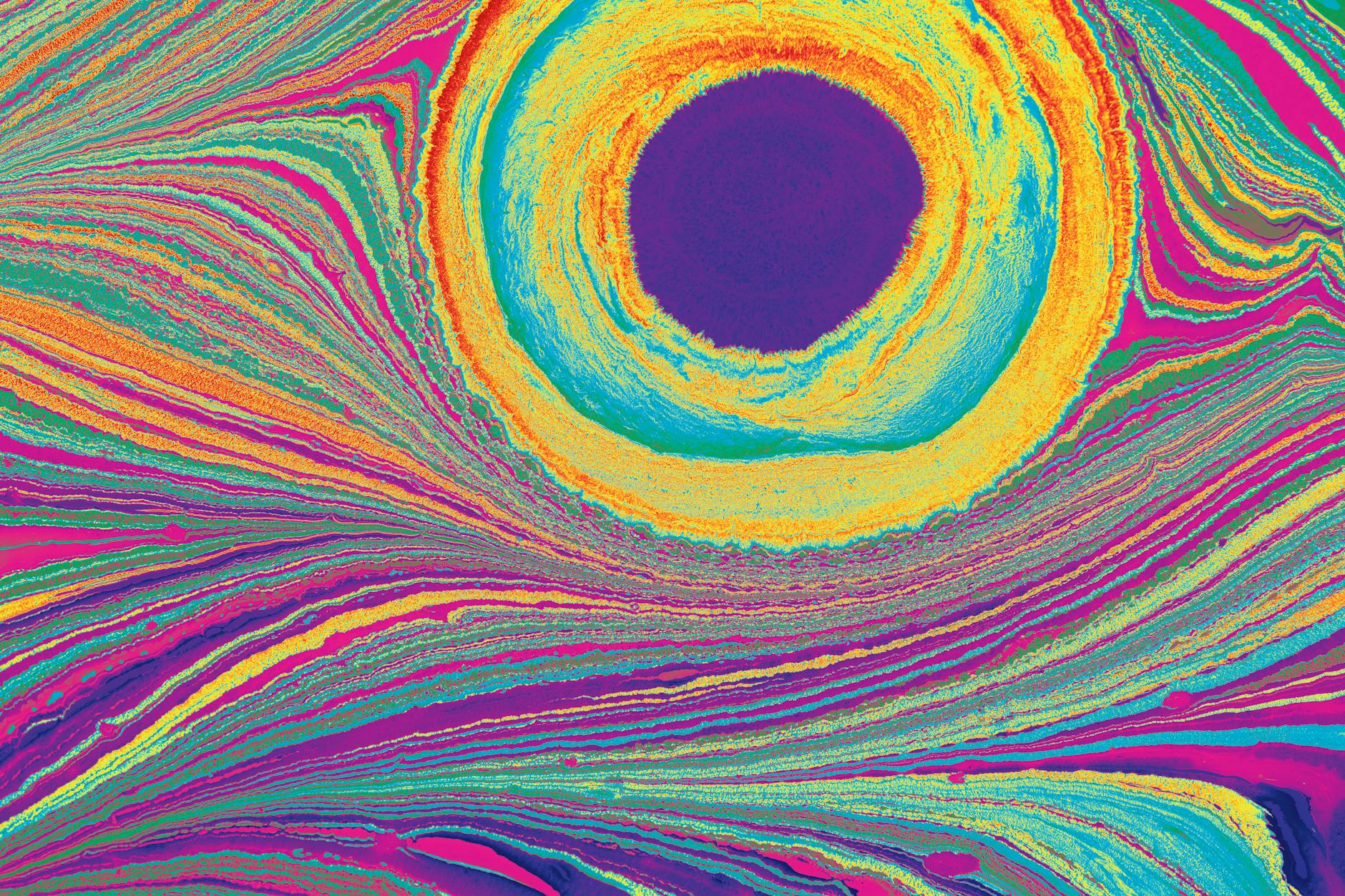In the realm of creativity, psychonauts are known to access a pool of inspiration that is sometimes elusive in the ordinary sober state. The mind-altering effect of psychedelics has been a source of captivating narratives and dynamic works of art. It prompts us to further examine how these substances influence the artistic process, the imagination, and creative expression overall.
Psychedelics, such as LSD, psilocybin, and mescaline, are substances with a transformative capacity to shape perception, cognition, and emotions in experimental and innovative ways. Studies, including those conducted by psychiatrist Stanislav Grof, have shown that psychedelics facilitate a state reminiscent of a deep trance or dream, opening pathways to realms that otherwise remain unexplored under regular consciousness. The mind, under the sway of these substances, operates in a distinctly multidimensional manner.
Artists venturing into this mind-expanding world often engage in a solitaire dance with their newly-discovered artistic vision. It’s a grand theatre where the mind’s hidden aspects come alive and parade for the artist’s keen sight. The psychedelics-induced hyperconnectivity among brain regions ushers in a torrent of ideas, images, and sounds, weaving an intricate texture of creativity.
Historically, the interaction between psychedelics and creativity is abundantly evident in the rock ‘n’ roll era of the 1960s and ’70s. Bands like The Beatles, Jefferson Airplane, and The Grateful Dead were known for their LSD inspired music. Even in contemporary times, creatives across fields have admitted to using psychedelics. Steve Jobs, co-founder of Apple, famously attributed his innovative prowess to his experiences with LSD.
Psychedelics’ direct relationship with creativity is currently under investigation by several scientific studies. A key concept that stands out here is the idea of the “flow state.” Psychedelics, researchers observe, promote this flow state, a mental state characterized by complete immersion and involvement in an activity. The ego dissolves, time seems nonexistent, and the notion of self and other blurs into a harmonious oneness.
The ego-dissolving, time-bending, multi-sensory experience of this flow state inspires creative breakthroughs. According to a study conducted by Martin Schwartz from Santa Clara University integrating the zone model and the drug model of creativity, psychedelics play a role in disrupting old patterns of thought and allowing new associations to form. It’s from this unfettered mesh of previously unrelated ideas that innovative solutions and groundbreaking artistic undertakings are born.
Psychedelic experiences facilitate a divergence of thought — the ability to generate a wide variety of ideas. Interestingly, this divergent thinking is crucial for creativity, according to a 2016 study conducted by the Dutch researchers K.P.C. Kuypers and colleagues. Termed as “psychoplastogenisis,” this process involves facilitating enduring positive changes in personality traits and cognitive functions, leading to enhanced creativity and open-mindedness.
Moreover, psychedelics foster an increase in openness — a trait closely associated with creativity. Openness to new experiences, thoughts, and feelings may allow for more flexibility in thinking, providing an extra thrust to creative expression. A study exploring the relationship between the recreational use of psychedelics and artistic creativity further substantiates this.
Artists, musicians, and even programmers might find that psychedelics pave an unconventional path to creative inspiration. However, it’s noteworthy to mention that these substances should be used responsibly under the right conditions and guidance to harness their potential benefits.
In the end, the psychedelics-influenced artistic landscape is like a prism refracting raw thought into a spectrum of creative expression. Despite the legal hurdles and the taboo surrounding these substances, their contribution to creativity reiterates their profound significance in the realm of consciousness and human imagination.
Psychedelics, in essence, can be considered a tool for the human mind to explore its boundaries and venture into hitherto uncharted terrains of creativity. And in the journey, they surely alter not only the observer but also the observed, the artistic process itself.
Sources:
Stanislav Grof’s Research on LSD Use
Exploration of the relationship between recreational use of psychedelics and artistic creativity
“Psychedelics Promote Structural and Functional Neural Plasticity.”






